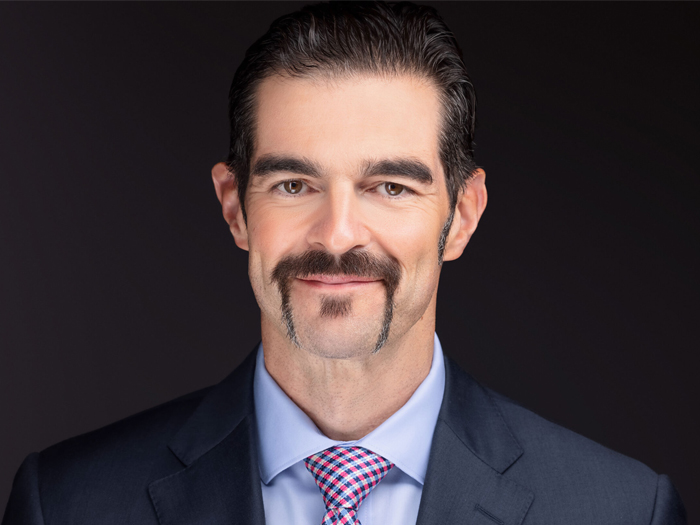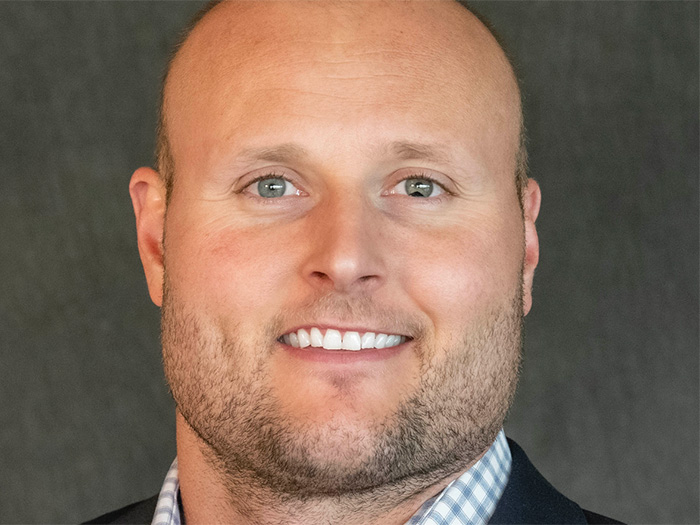Construction Challenges
Construction on the Upswing

With the construction industry undergoing a solid rebound from the disaster brought on by the great recession of 2008-2009, it’s no surprise that the demand for P&C coverage is going along for the ride.
However, two brokers who specialize in the construction industry (both of whom were Power Broker® winners in 2014), said it’s not necessarily business as usual in this post-recession world.
The McGraw Hill Construction forecast projects a 9 percent increase in construction starts in 2014, while the Associated Builders and Contractors is forecasting a 6 percent increase in construction this year, including 5 percent for commercial construction, 7 percent for health care, 8 percent for lodging and 6 percent for communications.
That’s great news, according to Aon’s Matthew Walsh, managing director in the Chicago office, who serves the construction industry. (See Walsh’s Power Broker® profile.)
Walsh noted that Aon has seen an appreciable uptick in projects nationwide, as well as outside the United States.
Segments within the construction industry that are on the upswing include federal and state government building projects, some private sector building, and a growth in public-private partnerships (PP3s), which are typically funded and operated through a partnership of government and one or more private sector companies.
“It’s a positive trend for construction business,” Walsh said. “And we have such a significant base of larger clients, which means we may see a disproportionate increase in business as a result.”
Walsh warned, however, that as the speed of the recovery increases, the potential increases for more challenges on a state-by-state jurisdictional basis from a liability standpoint.
“Syncing up the jurisdictions with new contracts is critical,” he said. “As the velocity of the recovery increases, there also is an increase in the factors that come to bear on case law, both from a statutory and contractual perspective.”
Because of that, Walsh said, contractors are focusing even more on bringing a solid, quality labor force on board for projects, and that in turn increases the focus on subcontractors and their workforces.
“Contractors have to be careful, because a natural outgrowth of people having exited the labor force during the recession is people found other jobs, outside the industry,” he said. “Now, with business picking up, workforce quality is something that should be high on the radar screen. Major contractors today are even more focused on safety and quality of work.”
The quality of the workforce has an impact both on liability and workers’ comp, as trained workers are less likely to be injured, more likely to be aware of safety issues, and more likely to provide high-quality work, lessening potential construction faults.
Keith Jurss, senior vice president, professional liability for Willis’ national construction practice, added that his firm is also seeing commensurate growth in construction coverage, but this time around, Willis is being asked to look at programs within so-called “project” business, where owners and contractors join together to insure much larger efforts than prior to the recession.
“A $200 million construction project used to be a really big,” he said. “Today, we are seeing billion-dollar projects on a regular basis, and the size continues to go up.” (See Jurss’s Power Broker® profile.)
The result is more joint venturing, which requires complex “project” coverages that consolidate many policies into a single coverage program.
“We are seeing more project specific coverages purchased because subcontractor evaluation is a challenge for large contractors,” he said. “By doing an owner-controlled program, it allows you to have some more control and a higher quality of insurance purchasing for your project.”
With standard project programs, he said, owners who want to build an office tower, for example, would hire a designer, a contractor and engineers, and tell them what type and how much coverage to bring to the project. But with that plan, owners don’t really know what they have in term of project-specific coverage.
“These customized project programs provide better control issue, so owners know what is being purchased, what it will cost and what insurance is in play for the length of the project,” he said. “With everyone bringing their own coverage to the project, they don’t have that control.”
Capacity-wise, Jurss said, the situation depends on the line of coverage. For example, he said, capacity is strong on the property and casualty fronts. Where Jurss sees some challenges are within professional liability, his area of expertise.
“There is capacity with professional liability, but it’s expensive,” he said. “It is a bit of a challenge on some of these big projects because of the complexity.”
In addition, there are emerging alternative delivery methods in the United States, mainly in the form of those PP3s, which have gained more popularity as a potential buffer to tough economic times.
“Today, you now have contractors and design professionals investing in public-private projects,” Jurss said. “It can create some challenges coverage-wise for professional liability. With integrated project delivery — which is a method of construction delivery that is very collaborative among design professionals, contractors and owners — it changes the dynamic and calls for creativity from both brokers and underwriters.”










